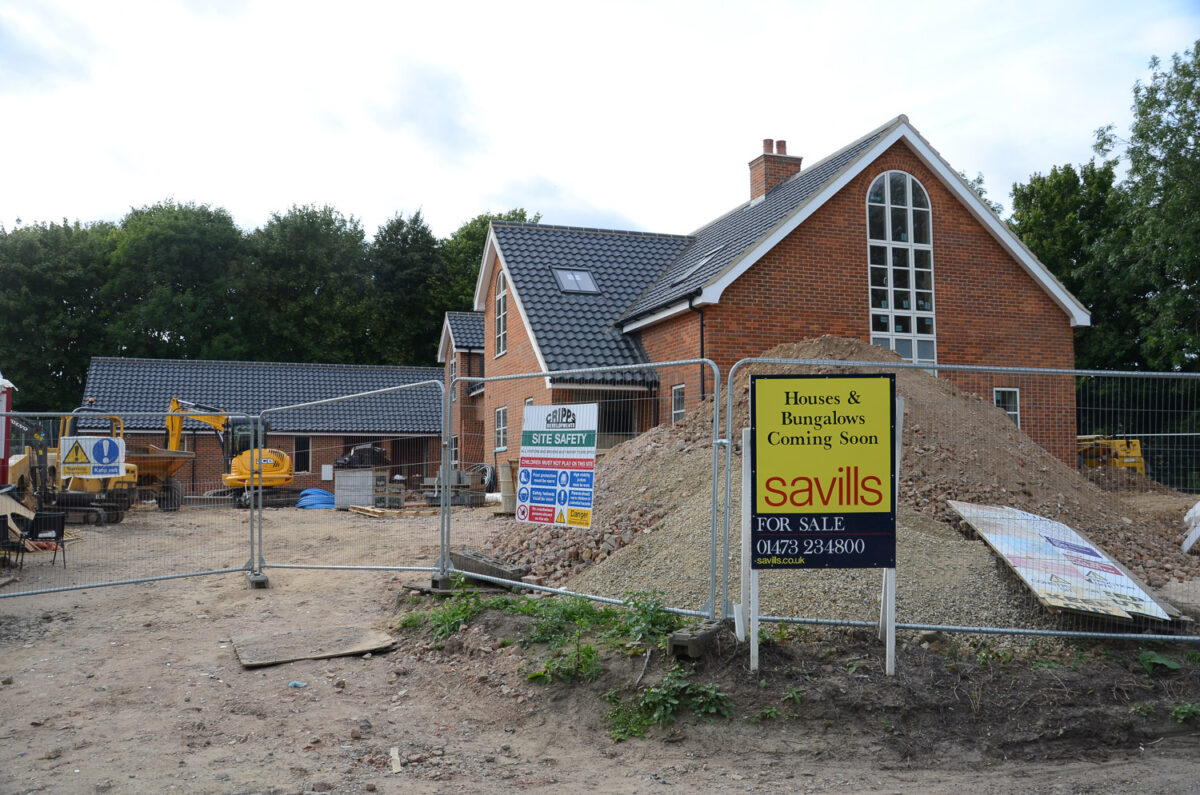In February, the Government announced detailed proposals to take forward the Supported Housing (Regulatory Oversight) Act, including new national standards, a licensing regime, and changes to Housing Benefit.
The Act went through Parliament in 2023 in response to the emergence of rogue, poor-quality landlords in the sector, charging high rents but providing little meaningful support for residents.
The Act’s aim is to ensure consistent, high-quality standards across the country, whether the supported housing is for those who have experienced homelessness, older people, people with learning disabilities, or other groups in need.
While the introduction of national standards and a push towards higher quality is much-needed, the Act needs to get the balance right in driving out rogue providers, while ensuring good-quality providers do not face negative consequences.
There are several areas where we think the government needs to think again.
An important drive towards national standards
The overall ambition of the Act – to ensure only providers who meet new standards are given a licence to operate – is the right one.
In its initial proposals, the government has set out principles to guide the supported housing sector, plus seven different standards that providers will be measured against. These include standards focused on person-centred support, empowering residents, protecting the environment, staff and safeguarding, and meeting local need.
As part of Emmaus UK’s response to a government consultation on these measures, we surveyed 161 residents and staff at our own supported housing charities and heard strong support for the standards, averaging at 93% agreement for the seven standards. In a series of workshops, residents told us the standards largely reflect what they believe is good-quality supported housing.
It was also clear, however, that some standards need to be strengthened, including the need to give residents a wider range of ways to shape their support, and to enable strong relationships to be built with multiple support staff.
We also recommend the government ensures alignment with other standards many providers already follow, for instance, via the Regulator of Social Housing. The standards should also include a greater focus on diversity, equity, and inclusion, ensuring supported housing meets the needs of specific groups, such as the LGBTQ+ community and women.
Backing good providers
Emmaus UK has concerns with the possible impact of new measures on good-quality providers, in many cases smaller organisations. Large amounts of money, time, and resources will be required for providers to apply for licenses, and evidence that they are meeting the new standards.
The result could be greater pressures being placed on the supported housing sector. We are already in a place where, last year, a third of supported housing providers had to close schemes because of funding pressures, and 60% say they will be forced to close schemes in the future.
There are several specific steps which we think the Government can take to reduce pressures. Firstly, providers need additional funding to go alongside the new burdens, funding we anticipate local authorities will receive. There should be detailed and ongoing guidance, support and training, including maximum transparency on requirements and having an adequate lead-in time to meet the standards. Local authorities should also provide training in their areas.
Secondly, the government should reconsider the definition of a ‘scheme’. Under current proposals, each separate postal address would require a separate licence. This could leave providers with lots of dispersed supported housing of only a few units each in an impossible position. They would need many different licences, driving up costs and disincentivising this type of supported housing at a time when more is desperately needed.
Thirdly, the government needs to ensure greater consistency in how the Act is rolled out across the country. We do not think it will be necessary for local authorities to apply discretionary conditions, which could create unpredictability for providers operating in different areas. We also believe that there should be a standardised licence fee rate rather than authorities choosing different amounts, or at the very least a cap.
Homeless Link have proposed a new national body to oversee licensing and ensure geographical consistency, something which we would support.
Creating a thriving supported housing sector
Making these practical improvements will help to get the balance right in bringing in strong new standards, while helping good providers to operate well.
We know the Act is not the only piece in the jigsaw to help the supported housing sector thrive. That is why we are backing the National Housing Federation’s ‘Save Our Supported Housing’ campaign, calling for the government’s housing-related support to increase to at least £1.6bn per year and for the homelessness and housing strategies to recognise the vital role of our sector.
Indeed, the withdrawal of funding for supported housing has contributed to the rise in the rogue, bad-quality providers seeking profit that the Supported Housing Act seeks to eliminate.
Getting the Supported Housing Act right is crucial for creating the high-quality supported housing sector that residents deserve. While there is strong support from residents and staff for new standards, we strongly urge the government to consider the impact on good-quality, often small, providers.
Let’s get this crucial piece of legislation right.










